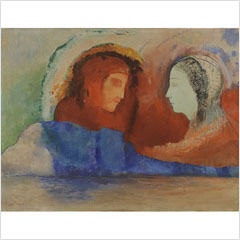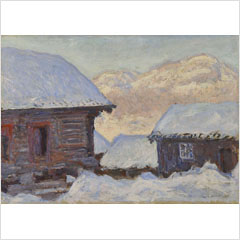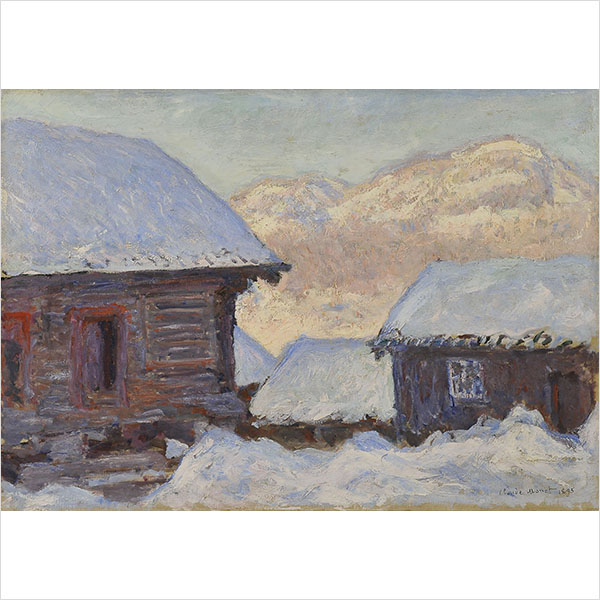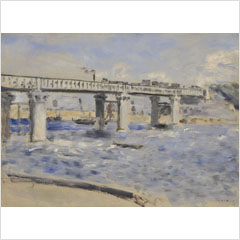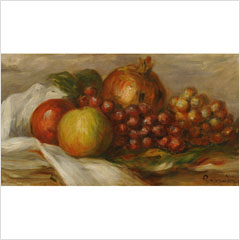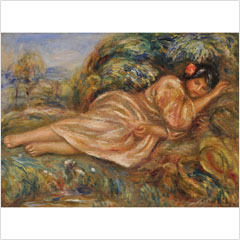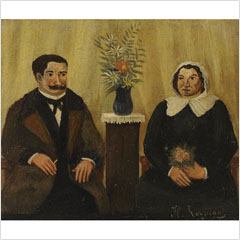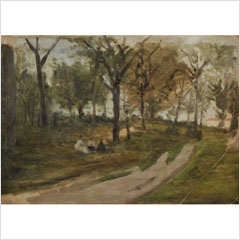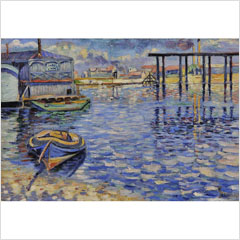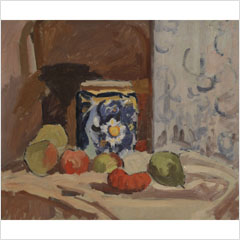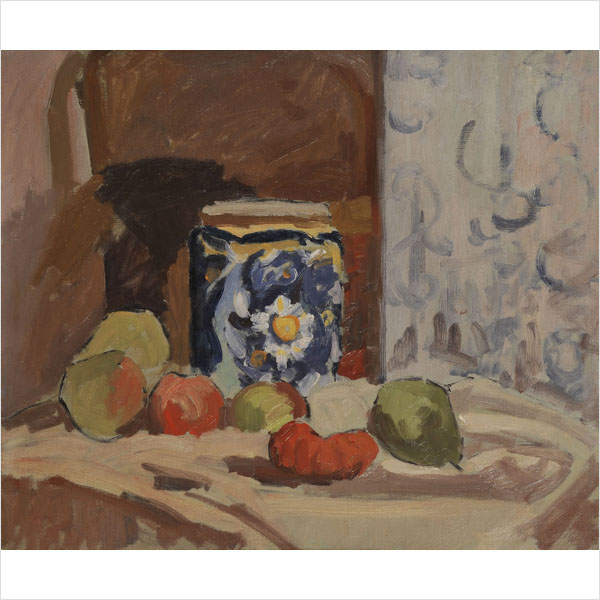
オディロン・ルドン
ダンテとベアトリーチェ
1914年頃 油彩・カンヴァス 50.0×65.2cm
Odilon Redon
Dante and Beatrice
c.1914, Oil on Canvas, 50.0 × 65.2 cm
柔らかな色彩に包まれた二人が目を閉じて静かに向き合っています。左の人物はダンテ・アリギエリ、中世イタリアの詩人です。ダンテは「地獄篇」、「煉獄篇」、「天国篇」からなる壮大な叙事詩『神曲』をあらわしたことで知られています。
『神曲』の物語は、ダンテ自身が深い森の中から地獄へと迷い込む場面から始まります。そこで古代ローマの詩人ウェルギリウスと出会い、彼の導きで罪人たちが苦しむ地獄を巡ります。地獄の大穴を抜けると、煉獄の山がそびえ、山を登るごとに罪は浄められていきました。その頂で天国を案内するベアトリーチェと出会います。
ベアトリーチェはダンテが幼い頃から熱愛した実在の女性であり、彼女は24歳で夭折しました。『神曲』において、ダンテは長い地獄と煉獄を経て、ついにベアトリーチェとの再会を果たします。煉獄山の頂の上で、眼を閉じたベアトリーチェと向き合うダンテの心には、まるで静寂が広がるかのようです。
Wrapped in soft colors, the two figures sit silently facing each other with their eyes closed. The figure on the left is Dante Alighieri, the medieval Italian poet. Dante is known for his epic Divine Comedy, consisting of the Inferno, Purgatorio, and Paradiso.
The story of the Divine Comedy begins with Dante wandering into a deep forest, eventually getting lost and entering Hell. There, he meets the ancient Roman poet Virgil, who guides him through the suffering souls in Hell. After passing through the depths of Hell, they come to the Mountain of Purgatory, where souls are purified as they ascend. At the summit, Dante meets Beatrice, who will guide him through Heaven.
Beatrice was a real woman whom Dante deeply loved since his youth, and she died at the age of 24. In the Divine Comedy, after enduring Hell and Purgatory, Dante finally reunites with Beatrice. On the summit of Mount Purgatory, as Dante faces Beatrice with his eyes closed, there seems to be a profound sense of silence in his heart.

